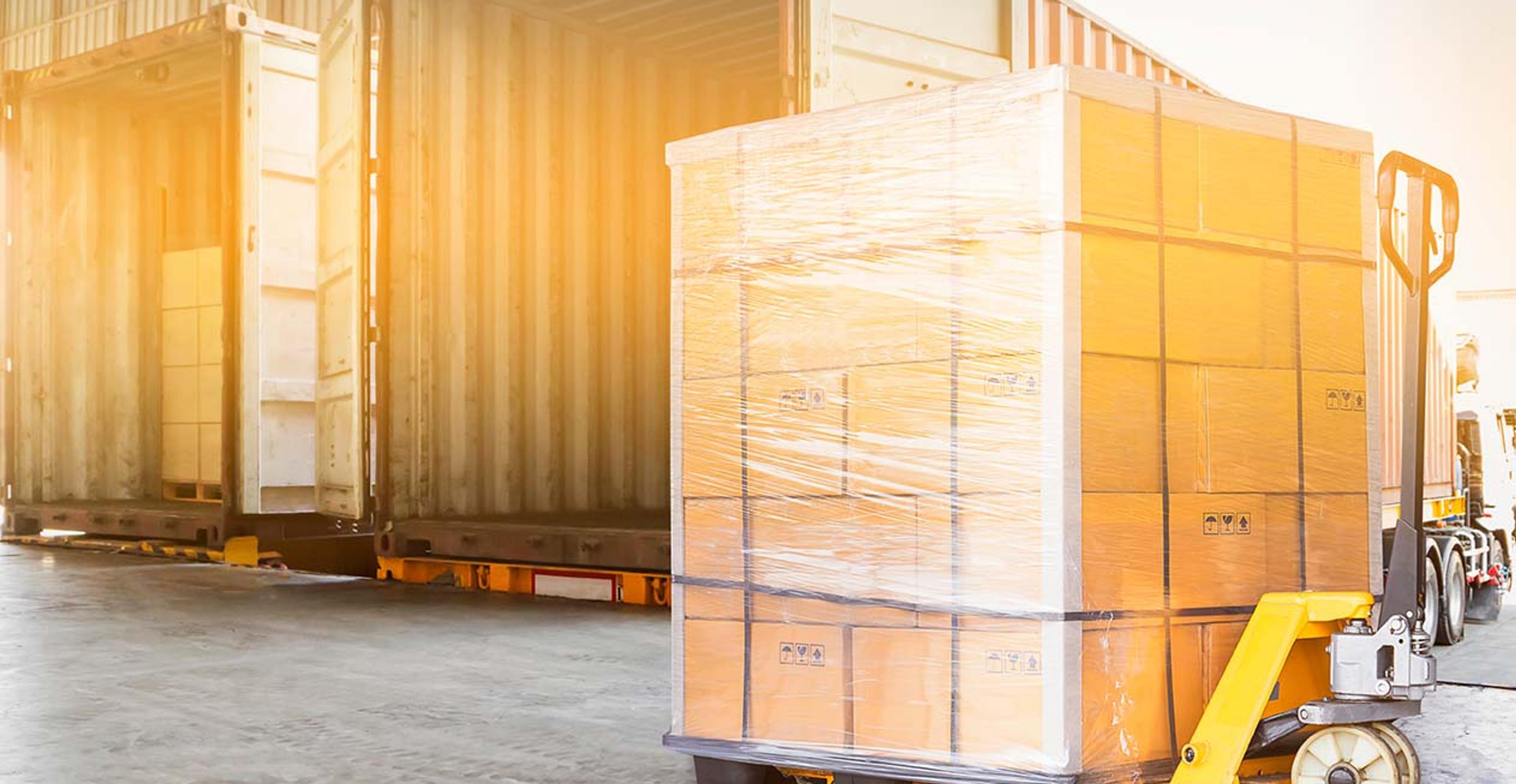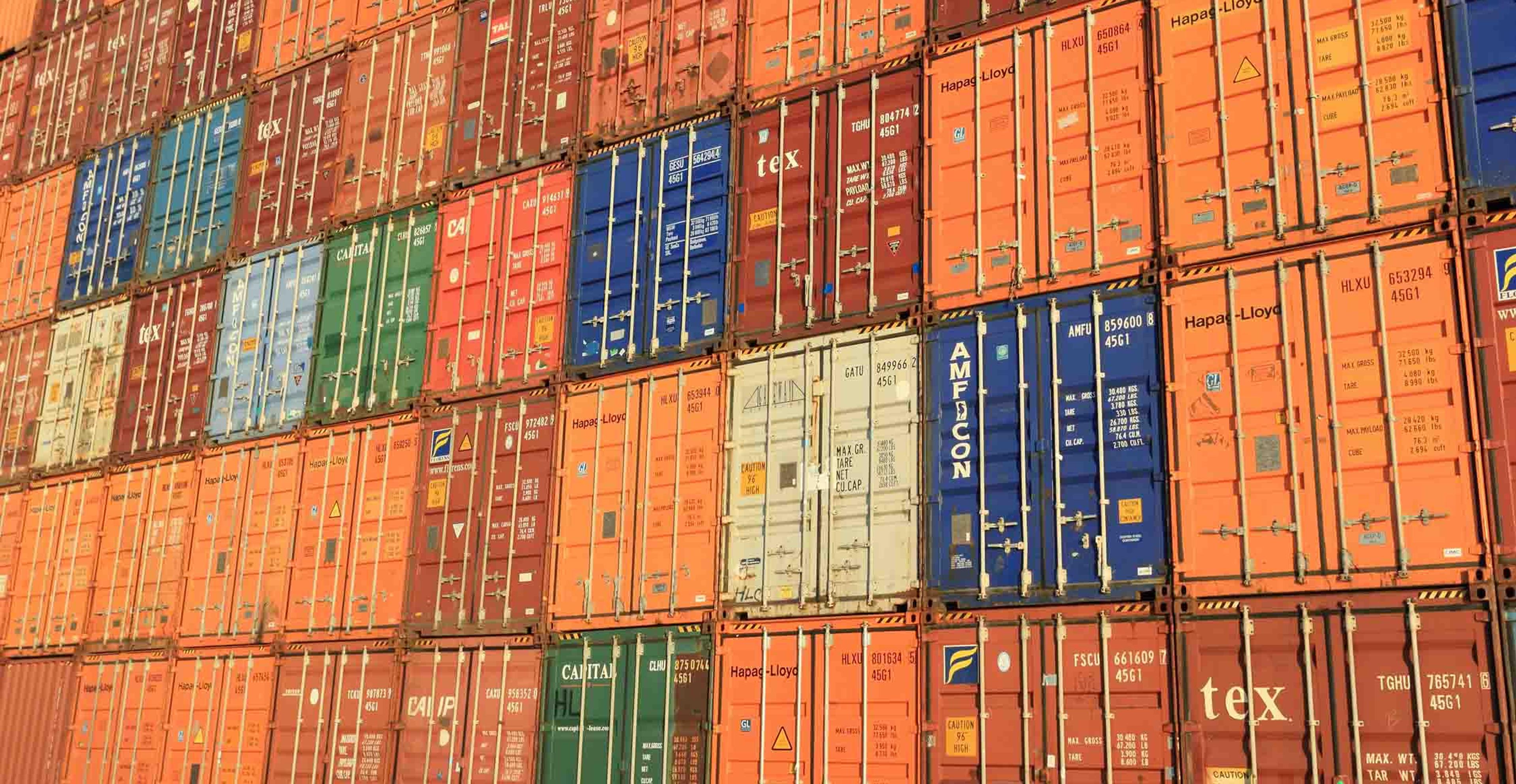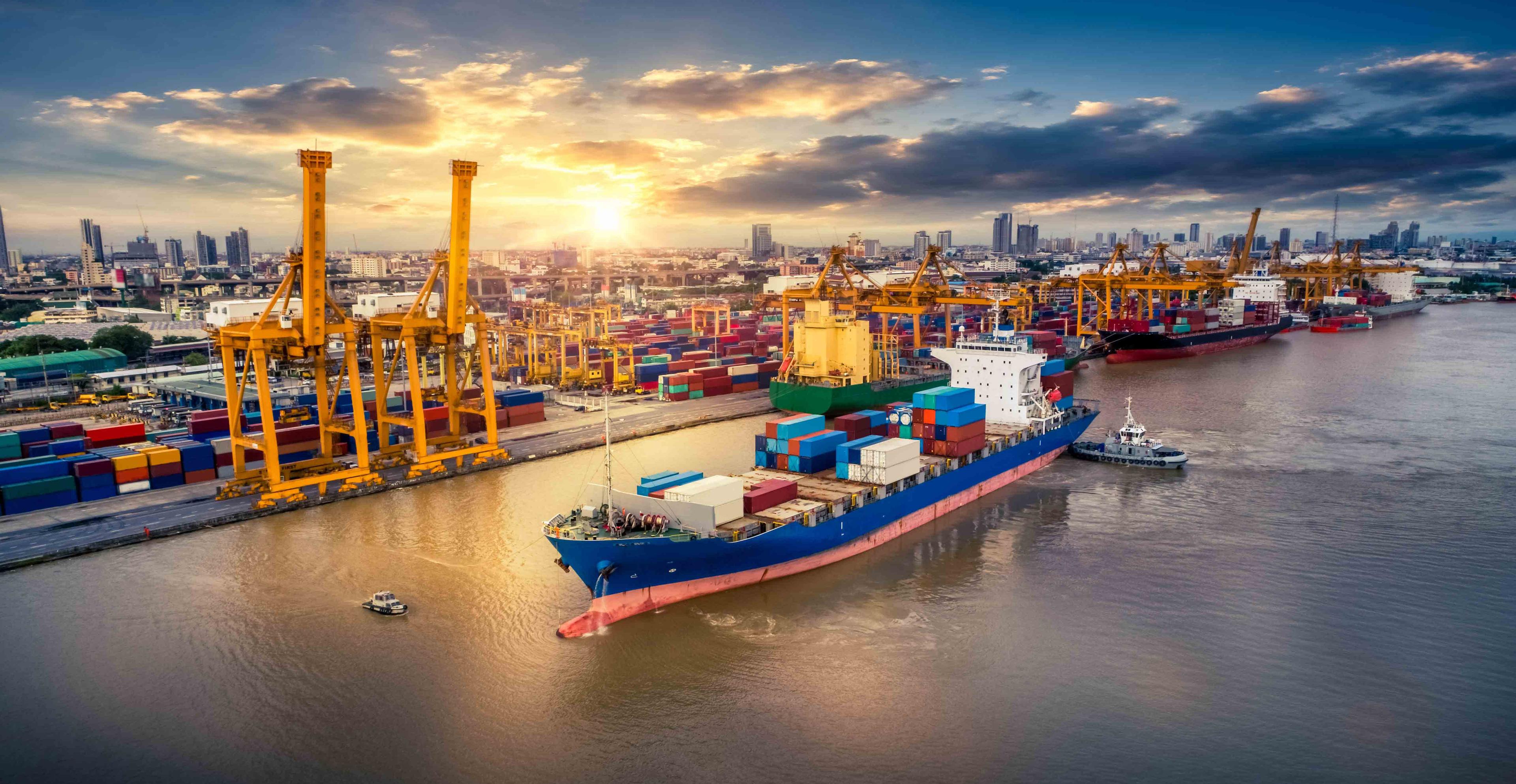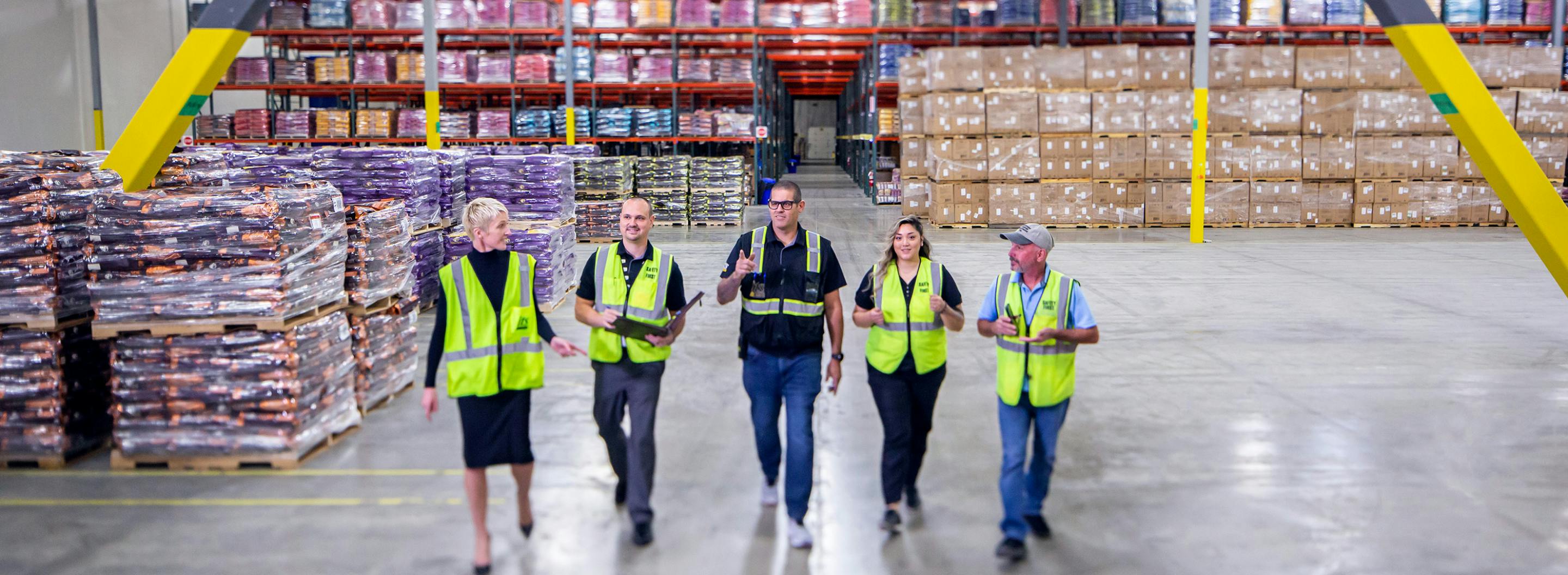What is drayage and why is it so vital for an efficient supply chain?
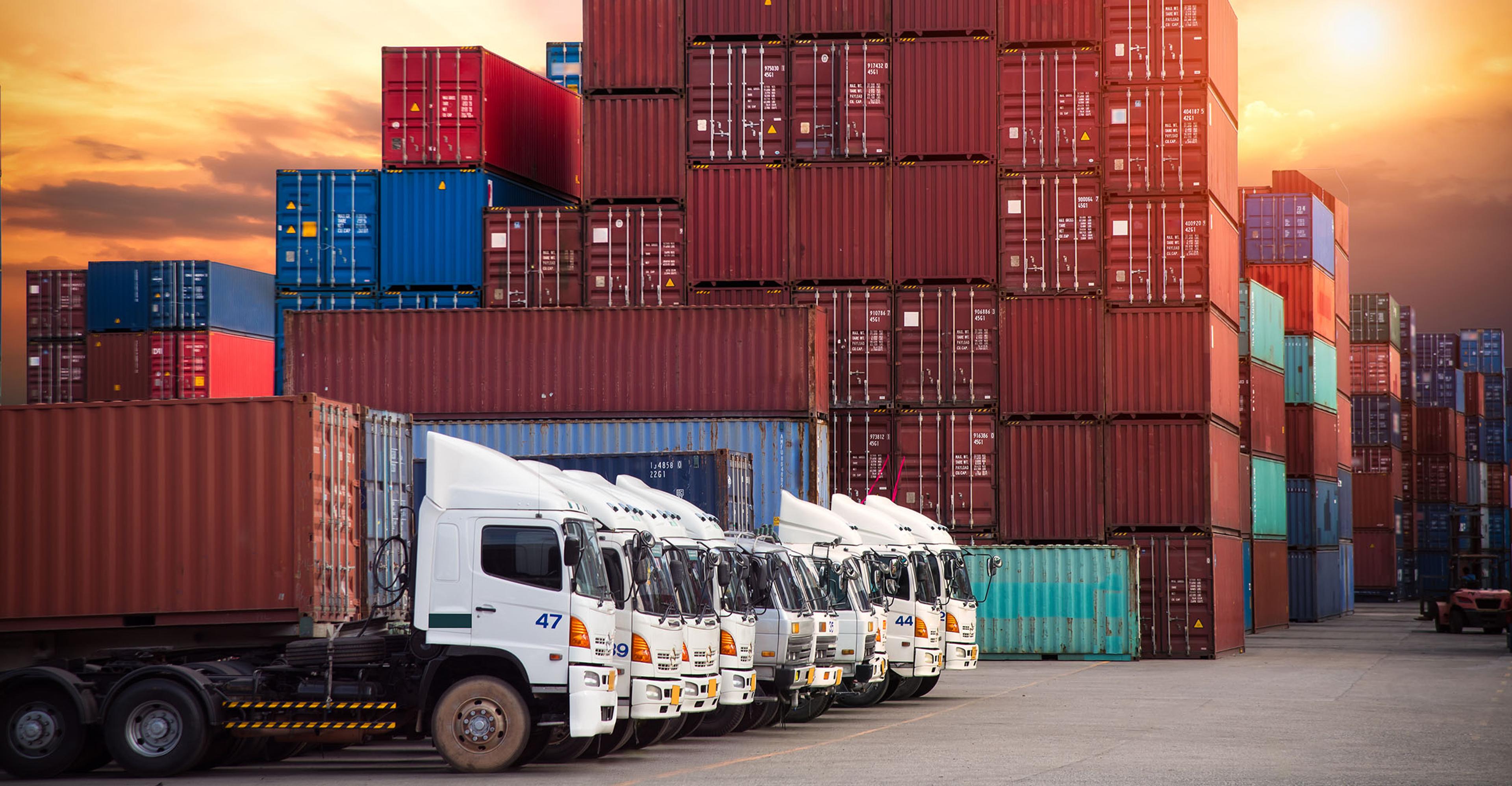
Drayage is a crucial step and a niche service in the trillion-dollar supply chain and logistics industry. While it may seem like a small step of the process, drayage is an integral part of the domestic supply chain and vital to overall container management.
The term drayage refers to the transportation of a container over a short distance of 50 miles or less, typically between ports and rail yards to distribution centers or storage yards. The drayage services market in the US has been expanding as more exports enter the country as a part of the growing global logistics market. With an estimated CAGR of 2.24% between 2022 and 2027, the drayage services market has witnessed an accelerated growth momentum.
Some key factors driving growth in the market include the burgeoning manufacturing industry and ecommerce market. Manufacturers and other stakeholders are choosing safer modes of transportation for materials and goods, a likely factor increasing demand for drayage services. The global ecommerce market has continued to explode with growth, forecasted to increase by 56% and reach $8.1 trillion by 2026. Ecommerce has a strong impact on retail and distribution channels, as customers gain exposure to overseas brands and an increasing number of orders are placed from Europe and Asia.
Challenges in container drayage
A container’s journey of getting from port to door can be compared to a row of dominoes, with drayage acting as the first domino in the row. When the first domino doesn’t fall correctly, it affects every domino thereafter. Even though the distance a container is traveling is short, the logistics of moving one can come with many predictable and unpredictable challenges.
One of the biggest delays that occurs in drayage comes from diverting or shifting containers at ports of destination. Diversion typically occurs due to a lack of space at ports for container processing or a disruption within the supply chain. During the spring of 2023, port labor slowdowns occurred at the ports of Los Angeles and Long Beach in the face of contract negotiations between the International Longshore and Warehouse Union (ILWU) and the Pacific Maritime Association (PMA). The port complex moves nearly 40% of the nation’s containerized cargo and shippers chose to divert cargo due to a fear of strikes while negotiations went on for nearly a year.
Shipment visibility is an ongoing challenge in drayage and transportation. Before the first drayage movement can occur, a container must reach its port of destination. With access to real-time data and status updates, shippers can adequately prepare and plan for inventory, optimize team operations, and retain customer satisfaction. Delays in delivery can occur if there is no driver to receive the container at the port, there is no team to unload the container at the distribution center, or anywhere in between.
The importance of drayage and shipping container management
- Efficient Transportation: Drayage helps in the efficient movement of goods from one point to another, connecting different modes of transportation when a container enters the domestic supply chain.
- Last-Mile Logistics: Drayage can serve as the “last mile” in a supply chain, delivering goods from a transportation hub to its intended destination, such as a retail store, distribution center, or manufacturing facility.
- Port Operations: Drayage is critical in port operations, facilitating the movement of containers between ships and inland transportation systems.
- Supply Chain Optimization: Drayage plays a vital role in optimizing supply chains by guaranteeing a timely delivery that can reduce transportation costs, impacting overall efficiency and cost-effectiveness.
- Reduced Inventory Costs: Through the quick and efficient transportation of goods, drayage helps reduce inventory carrying costs and minimize the time goods spend in transit.
- Environmental Impact: Drayage can contribute to environmental sustainability through optimized routes, which can reduce emissions and promotes the use of eco-friendly transportation options.
- Intermodal Connectivity: Drayage facilitates intermodal transportation, allowing cargo to move seamlessly between different modes of transportation, such as ship to truck or rail to truck.
- Trade Facilitation: Drayage is required for international trade, connecting ports to domestic distribution networks, and ensuring that goods reach their destinations promptly and efficiently.
Engaging with a trusted logistics provider for drayage service
ITS Logistics, one of the fastest-growing logistics companies in the United States, provides port and rail drayage services in 22 coastal ports and 30 rail ramps throughout North America. No matter the drayage and intermodal freight needs, the team at ITS has supply chain management solutions for drayage including:
- Port and Rail Drayage Services: From the West to the East Coast, access ITS’ almost unlimited container storage, cross dock, warehousing, and every port and rail terminal for ultimate flexibility and the highest level of services.
- Intermodal Transportation & Rail Services: Tap into ITS’ strong network of partners with unbeatable capacity and security across North America with a variety of intermodal freight transport options including ocean freight, railroad, truckload, expedited, dedicated, and more.
- Cross Dock/Transload: Transloading can be one of the most critical steps between port and final delivery. Superior cross docking/transloading services lower costs, transit times and accessorial fees. Every transload and cross dock facility in ITS’ extensive network provide comprehensive solutions.
- Container Management: The dedicated team at ITS Logistics custom-designs SOPs that grow and flex to a customers’ unique needs with training to understand the nuances of the business. From port to pier drayage, to expedited, to inter- or intracarrier drayage, to shuttle, door-to-door, and ramp-to-ramp, all solutions come with complete visibility.
With dedicated operations in over 52 markets in North America, our footprint provides shippers of all sizes the flexibility to bring goods in and out of North America with ease at competitive rates.
ITS is currently ranked as the #11 Top Intermodal/Drayage Carriers in North America by Transport Topics.
